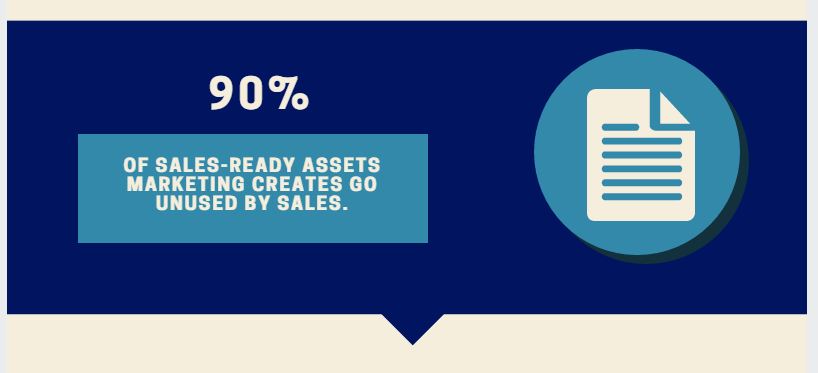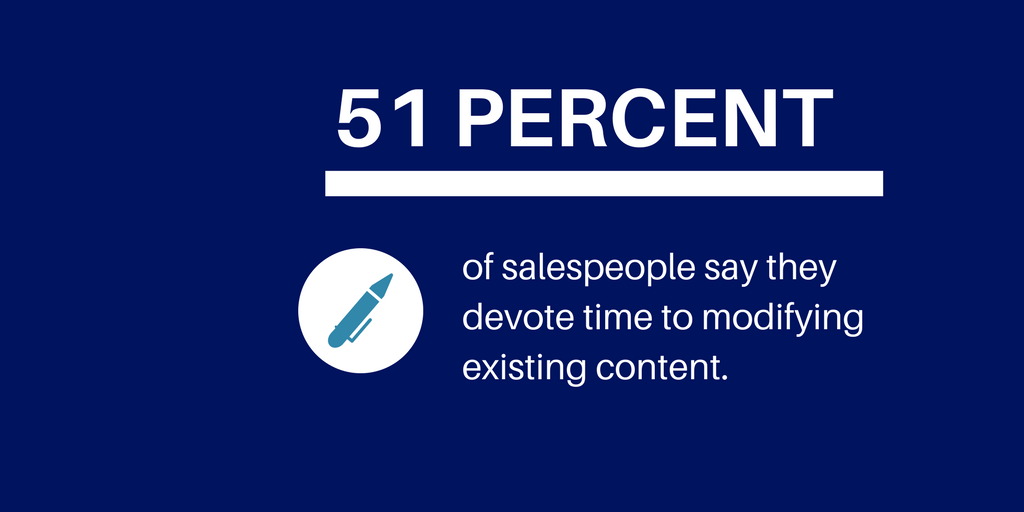Whether you are taking your family on one last summer vacation or catching some quiet time outdoors, be sure to work these three sales books into your reading list.
-
Consultative Selling by Mack Hanan
Mack Hanan wrote Consultative Selling back in 1970, but this book still holds its ground as relevant and important in today’s selling environment. On its eighth edition with a few new sections, Consultative Selling speaks to the “seek to serve” philosophy. It encourages you to forget what it means to be a salesperson and inspires you to become your buyer’s consultant. It does not matter what you are selling as long as you are selling your customer profit.
The Book Flap Copy:
Do you sell products or services? It doesn’t matter: What you’re really selling is customer profit. You help your customers and clients make profitable business decisions, and you are both rewarded with the fruits of a long-term business relationship. For 40 years, Mack Hanan’s Consultative Selling has empowered countless sales professionals to reap maximum success, and the Eighth Edition is here to take them—and you—to the next level, with brand new sections on:
Creating a two-tiered sales model to separate consultative sales from commodity sales • Building and using consultative databases for value propositions and proof of performance • Studying your customers’ cash flows to win proposals • Using consultative selling strategies on the Web • Coping with—and reversing—the inevitable “no”
Consultative Selling is packed with new partnering strategies, cost/benefit analysis templates, detailed monetized value proposition models, outcome-based branding approaches, and powerful consulting tactics that will make your customers’ competition—and your own rivals—irrelevant. -
Blue Ocean Strategy by Renee Mauborgne and W. Chan Kim
Blue Ocean Strategy is a solid read on the power of leaving behind cutthroat selling for developing and nurturing more-effective differentiation and value propositions that help businesses tap into new market spaces that are “ripe for growth.”
From the website:
Based on over a decade-long study of 150 key strategic moves spanning more than a hundred years and thirty industries, the authors W. Chan Kim and Renée Mauborgne argue that cutthroat competition results in nothing but a bloody red ocean of rivals fighting over a shrinking profit pool and that lasting success comes not from battling competitors but from creating “blue oceans” – untapped new market spaces ripe for growth. Kim and Mauborgne present a systematic approach to making the competition irrelevant, outlining principles and tools any organization can use to create and capture their own blue oceans. -
Crazy Love by Francis Chan
At Mereo, we tell others to “seek to serve, not to sell™” often, and we acknowledge this sort of servitude and put-others-first mentality proves difficult sometimes. You can argue that a Christian book cannot be a sales book, but I think this book can benefit anyone in any aspect of life. Crazy Love helps teach us why unconditional love is so powerful. It reminds us that we are each loved unconditionally and, if we are willing to be overwhelmed by that, we can love others similarly. We can learn how to adopt seek to serve, not to sell in our sales philosophies. We can build meaningful relationships with our buyers. We can find fulfillment in more than dollar signs.
“Francis’s life reflects authentic leadership tempered by a deep compassion for the last, the last, the littlest, and the least. It’s all because this man, my friend, is an ardent and devoted disciple of his Savior. In his fresh new book, Crazy Love, Francis peels back what we think the Christian life is, and guides us down the path toward an uncommon intimacy with Jesus — an intimacy which can’t help but change the world around us!” — Joni Eareckson Tada, best-selling author and speaker
What sales books have you read this summer? Share on Twitter by tagging @MereoLLC to let us know.













